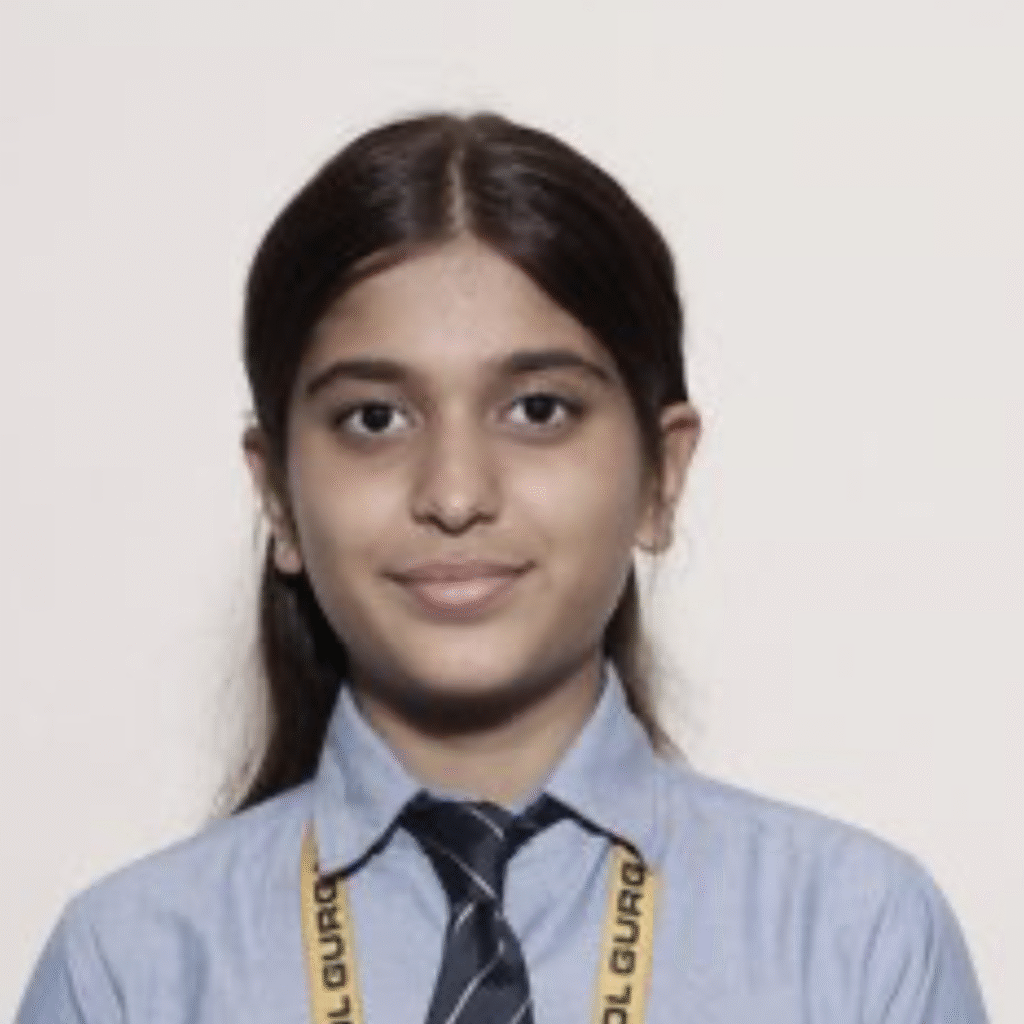Avishi Gupta-

Avishi Gupta, a DP1 student at JPIS Jaipur, designed the Visora Tactile Math Kit to make math accessible for blind and low-vision learners. Inspired by Montessori’s hands-on learning approach, the kit encourages independent, tactile exploration. Her goal is to create joyful, inclusive STEM experiences for every child. Avishi Gupta is a young changemaker from Delhi, India, who transformed her journey with partial vision loss into a powerful mission: to make math learning accessible for blind children. After being diagnosed with a rare eye condition at age 11, Avishi experienced the challenges of navigating school without clear vision.
This sparked a deep empathy for visually impaired learners. She taught herself Braille and Nemeth Braille, visited blind schools, and discovered how limited and expensive tactile learning tools are—especially in STEM. Combining her skills in product design, 3D modeling, and Montessori principles, she created Math for Me—a tactile, felt-based math book that brings numbers to life through touch. Her goal is simple: to ensure that every child, regardless of vision, can count, play, and learn with confidence.
About "Visora"
Visora is on a mission to make STEM joyful and accessible for visually impaired children.
The Visora Tactile Math Kit is an all-in-one, multisensory math learning system designed for blind and low-vision children aged 4 to 8. It empowers early learners to build strong foundations in numeracy, counting, measurement, and place value using touch-based learning tools, Braille, and spatial interaction.
Developed by a student innovator in collaboration with special educators, the kit combines textured, child-safe materials with educational theory to enable joyful, independent, and inclusive math exploration without the need for screen time or print-only textbooks.
🌱 How It Started
Visora was born out of a simple but powerful realization:
Children learn best when they can engage with the world around them.
But for many children with visual impairments, traditional classroom tools leave them behind.
We wanted to change that — not with expensive, complicated tech — but with tactile, meaningful, and affordable learning aids that empower every child to learn at their own pace, through touch, sound, and play.
